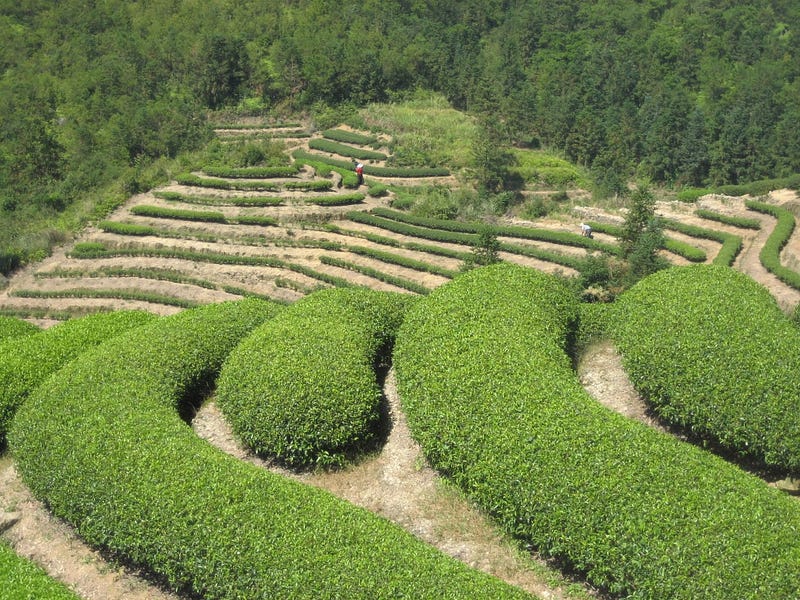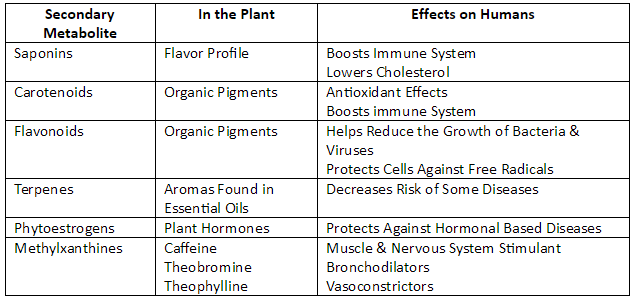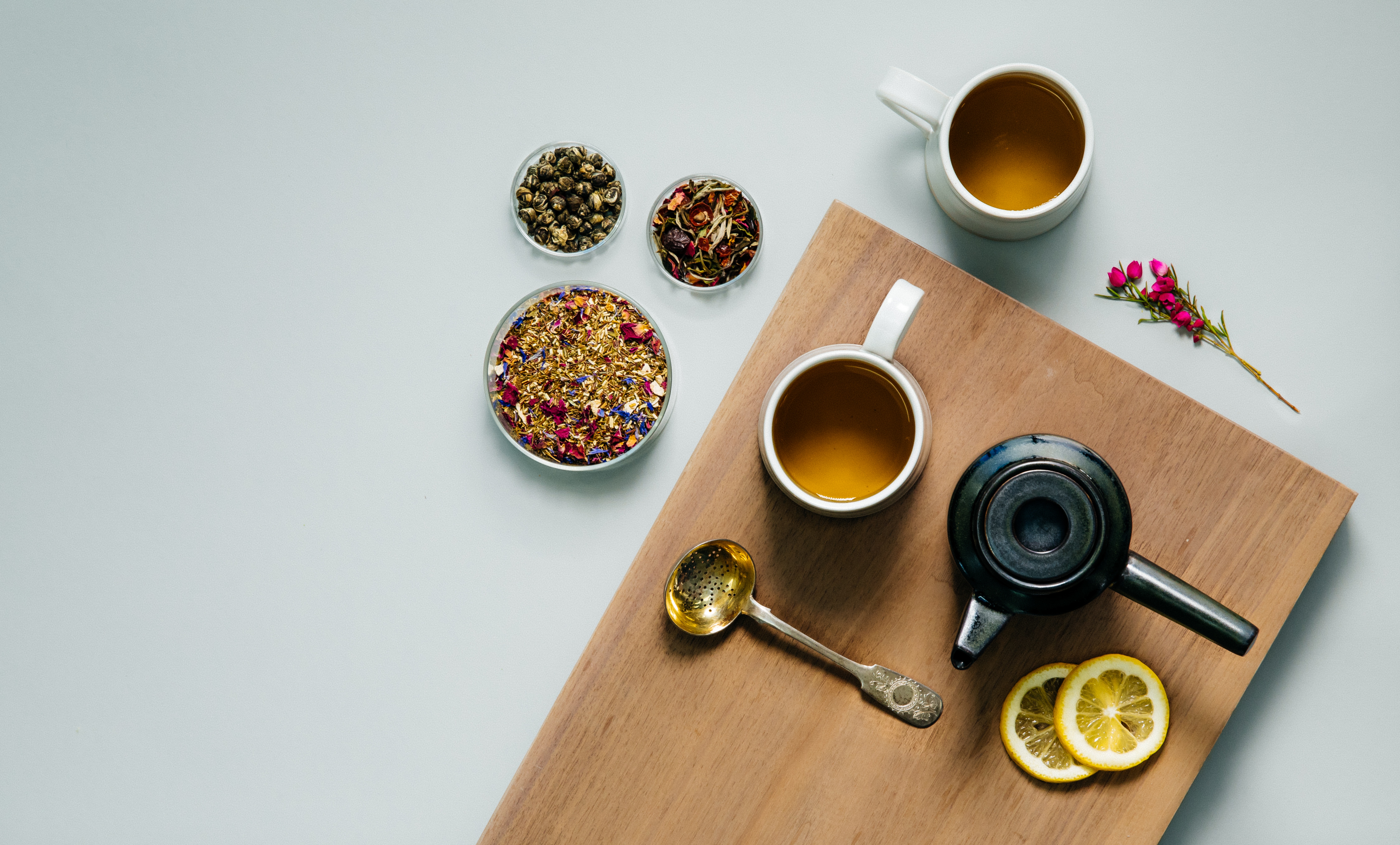The simple, wonderful beverage of tea, that millions have come to love worldwide, is much more complex than we have come to know. In part 1 of the Science Behind Tea, we discuss the part that nature plays in the development of the tea plant Camellia sinensis. In part 2, we explore the science behind man’s manipulation of the tea leaf.

In order to survive, the tea plant needs water, sunlight, and other raw materials to fuel its metabolic processes. Metabolic processes are chemical reactions in which plant cells produce the substances and energy needed to survive. Since the tea plant is not capable of moving, it must adapt to the environment in which it is planted. This is where the concept of terroir is applied to tea. Terroir, in relation to tea, refers to the specific variety of tea, the local climate and soil of the growing region, and the traditions of the area in which the tea is produced.
Tea has been enjoyed by many, for the past 5,000 years, due to the plant’s natural defense systems called secondary metabolites. The world’s most popular drug, caffeine, is produced by the tea plant as one of its secondary metabolites. Caffeine production is not essential to the life of the plant, but is stored within the plant to deter bugs from feeding on its leaves. The bitter taste of caffeine is a natural pesticide to protect itself.
Popular Secondary Metabolites & Their Effects on Humans

The tea leaf contains a wide range of chemical compounds that vary from terroir to terroir, but are the major components that develop the aroma, body, and taste of brewed tea.
- The outer covering of the plant’s cell wall contains cellulose — a polysaccharide containing glucose; and pectin — a complex group of polysaccharides.
- Cellular processes take place in the cytoplasm which contains proteins — organic compounds made of amino acids; enzymes — proteins that catalyze the oxidation process of the leaf; lipids — molecules that contain fat-soluble vitamins; and starch — complex carbohydrates containing lots of glucose.
- Food storage, digestive and waste management processes happen in the vacuole which contains polyphenols — secondary metabolite that produces flavonols and tannins; xanthines — alkaloids like caffeine; amino acids — like L-theanine; soluble sugars — specifically glucose, sucrose and fructose; organic acids — like gallic acid which produces EGCG when bonded with polyphenols; pigments — which are part of the flavonoid family; volatiles — compounds that produce tea aromatics; and vitamins — trace amounts of A, B, C, & E.
Cultivation of the tea plant is a balance between yield and quality. Typically, maximizing efforts for one, ends up reducing the other. For example, favoring rapid growth at low altitude, high temperature, and humidity ends up producing more stalk and a coarse leaf structure; while favoring quality at higher altitudes with cooler, drier weather produces a better tasting product with lower yields.
Producers have learned over the centuries that some plant stressors can actually improve the flavor and aroma of the tea, but also reduces overall yields. These stressors include: high elevation, frost damage, rocky soils, insect damage, and shading. High elevation, for teas like Darjeeling, creates unique flavors and high concentrations of aroma. Frost damage ramps up the plants secondary metabolites producing more pronounced flavors, like those found in Nilgiri’s frost teas. Rocky soil teas, like that of Wu Yi Rock teas, offer a more mineral cup character. Insect damage, like that of the leaf hopper on Fancy Formosa Silver Tip teas, produces truly unique flavors and aromas. Shade grown teas like Japanese Gyokuro green tea, have less polyphenols (which results in less astringency in the cup) and higher levels of caffeine and L-theanine amino acid (which produces a fuller body with rich umami characteristics).
By understanding how the tea plant functions and survives, we can then better understand how to grow and cultivate the tea plant to produce high quality teas, like those offered by Art of Tea. The combination of terroir and science allows skilled producers to manipulate the tea plant during its growth cycle to set up the chemistry that is needed during the processing of the leaf. In part 2, we explore those processing steps and how they manipulate the aroma, body, and flavor of the teas you have come to enjoy.
Art of Tea is an award winning purveyor of specialty and organic teas, based in Los Angeles, CA.
If you found this article helpful, please share it with coworkers, colleagues, and fellow lovers of tea.

